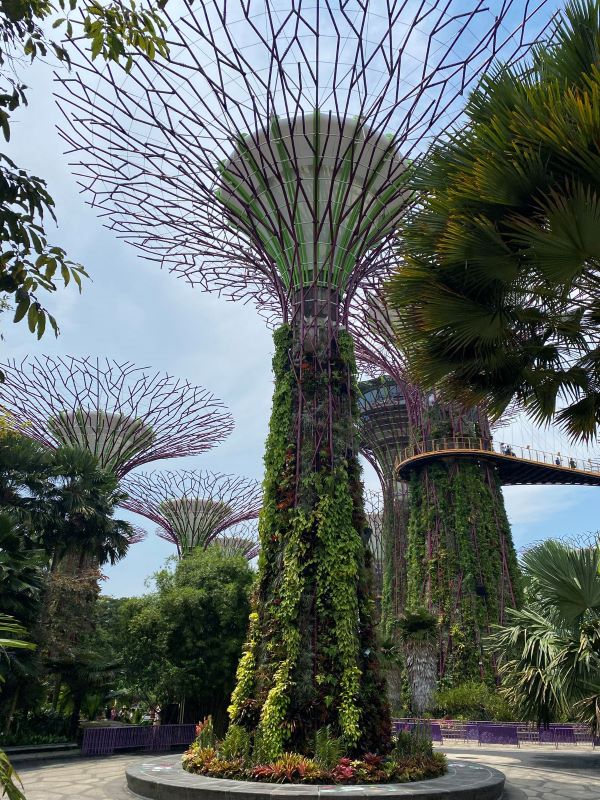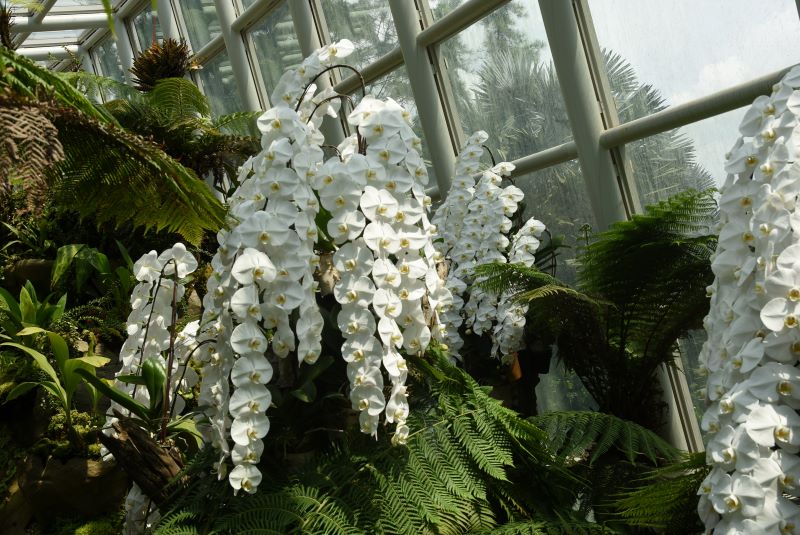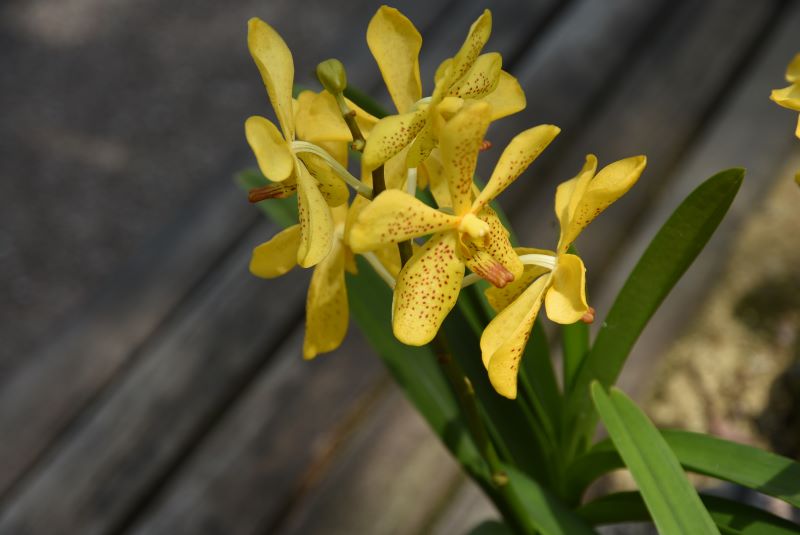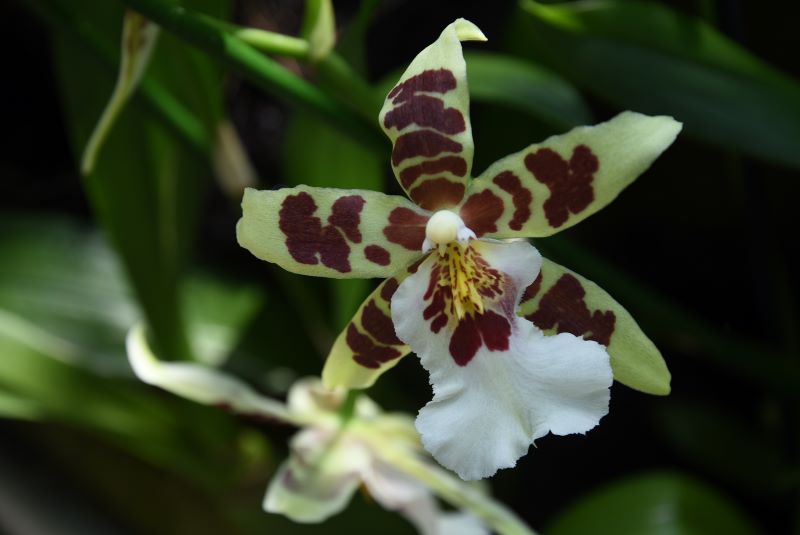Money aside, it takes a lot of effort, energy and time to travel the world. I should know as I just returned from visiting my 55th and 56th country: Singapore and Malaysia. If I had to rank those factors in order of importance, I’d be tempted to place energy right behind time and money. Especially if you cross the International Dateline on two 16-hour flights within two weeks. Particularly if you’re of a certain age with arthritis in your hips and knees! But I digress. I tried to suppress my envy of those in First Class who were able to sleep in a supine position. Maybe next time.

Still, being physically compromised for nearly a day in a tube traversing the globe is a small price to pay for experiencing foreign cultures and meeting people I’d otherwise never encounter. In fact, the moment I landed in Singapore, and despite my jet lag, I felt strangely invigorated, eager to immediately partake of my first adventure, a visit to the Gardens by the Bay. The park, which opened in 2012—and, among the most beautiful flowers I’ve ever seen, boasts the largest man-made indoor waterfall in the world—was part of a national plan to transform its “Garden City” to a “City in a Garden.” Its purpose was to raise the quality of life by enhancing greenery and flora in the city. Indeed, all high-rises are built with open spaces in the middle, bursting with aesthetic greenery and colorful flowers.
Multi-Culturalism
My visit to the Gardens was enhanced by my guide, Frederick Goh, a second-generation Singaporean, whose name in Mandarin is Goh Chong Tong. The jovial and funny Frederick offered me a wealth of information including the little-known fact that Chinese boys are given a “generational name” as their middle name, and in Frederick’s case, it is Chong. The generational name maintains the family’s lineage and differentiates among generations. I also learned that Singaporeans of Chinese descent make up 76 percent of the population with Malay and Tamil Indians comprising 15 and 7.5 percent respectively. With four official languages in Singapore—English, Malay, Mandarin and Tamil—Malay is the symbolic national language, and English the primary spoken language. Schools teach all classes in English, and all students are required to learn a second language, which is, depending on their ethnicity, Malay, Mandarin, or Tamil. In recognition of the cultural identities of the major ethnic groups, multi-racialism is enshrined in the constitution and continues to shape national policies in education, housing, and politics.
Safe, Clean and Expensive
Singapore’s name comes from “Singa Pura,” which means “Lion City” in Sanskrit. The country’s mascot, the Merlion, is a mythical creature with a lion’s head and the body of a fish, personifying Singapore. Having always heard that Singapore is the cleanest and safest country in the world—I saw not a speck of trash anywhere but in trash bins, and one can walk anywhere at any time of the day or night and feel completely safe—I never once saw a police officer in my 2 ½-day stay. Frederick pointed this out to me, adding that police will only “appear” when there is a traffic accident. Although it is understood that breaking the law results in arrest, fine and jail time, warning signs of public infractions (e.g. jaywalking and graffiti) are discreetly posted throughout the country. Interestingly, vaping is illegal, too, according to Frederick. Smoking is allowed only in designated areas.

Singapore has other well-known characteristics that make it a highly desirable place to live. It has one of the highest GDP per capita in the world, is regarded as being as a tax haven and it’s the only Asian country with a AAA sovereign credit rating from all major rating agencies. Naturally, it is one of the most expensive places to live. In fact, while we were driving from one tourist site to another on Day 2, Frederick explained to me that the car we were in, a standard, late-model Japanese SUV, likely cost its owner more than $100,000 US dollars. The driver was also required to secure a certificate for half that amount—paid to the government—and then sell it within 10 years. It’s part of the country’s “green” effort to reduce emissions, discourage private car ownership and encourage participation in mass transit. Indeed, Singapore has one of the most efficient systems—Mass Rapid Transit (MRT)—with convenient stops throughout the city/country.
A major aviation, financial, and shipping hub, Singapore also ranks high in healthcare, quality of life, infrastructure, and housing—home-ownership rate is 88 percent. Singaporeans enjoy one of the longest life expectancies, lowest infant mortality rates, and lowest levels of corruption in the world. With a multicultural population and in recognition of the cultural identities of the major ethnic groups, multi-racialism is enshrined in the constitution and continues to shape national policies in education, housing, and politics. Plus, the variety and quality of food is outstanding!
Personalized Hybrid Orchids

With a profusion of unrivaled color and varieties of orchids and other flora, both at the Gardens by the Bay and the Singapore Botanical Gardens, I was inspired to cultivate my own upon my return home. Of course, I was only fantasizing as Southern California’s weather is too dry to maintain those types of exotic plants on that grand scale without a greenhouse. The Botanical Gardens has more than 1,000 species of orchids and 2,000 hybrids on display, many of them named after former and current world leaders (Presidents Biden’s, Clinton’s and Mandela’s were prominent). In awe, I snapped photos with both my iPhone and Nikon. As gorgeous as the images appear, they still pale in comparison to the actual flora.
It was sad leaving Singapore as I’m sure I would have enjoyed seeing more of the tiny island nation, but wild Borneo was calling. I had a few dates scheduled with some indigenous great apes (orangutan and proboscis) and other monkey species (green-leafed and gibbon). In next month’s blog, I’ll share my incredible adventure in the State of Sabah, Island of Borneo, Country of Malaysia.
Stay tuned…

